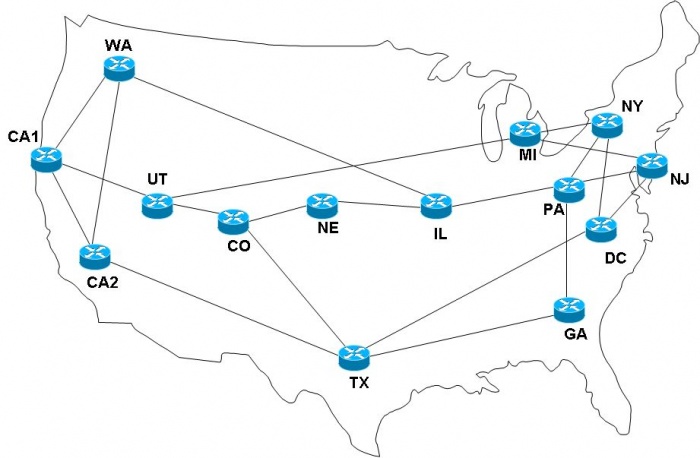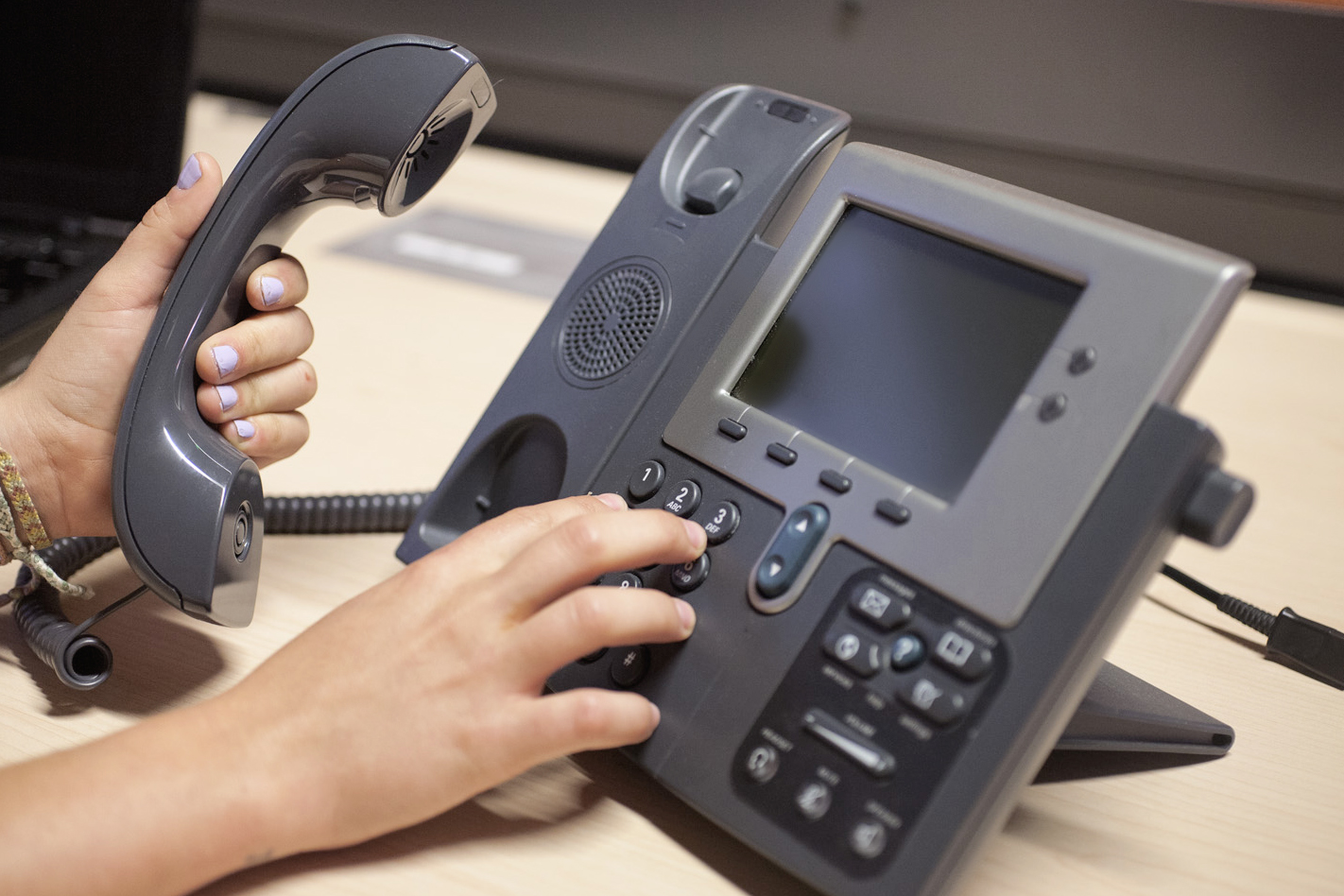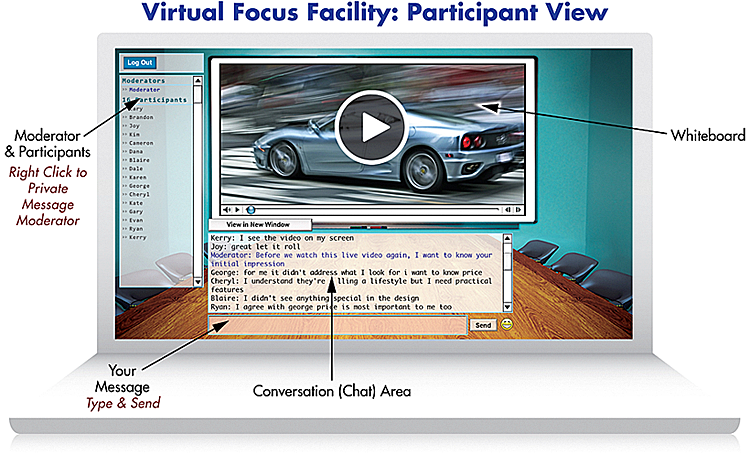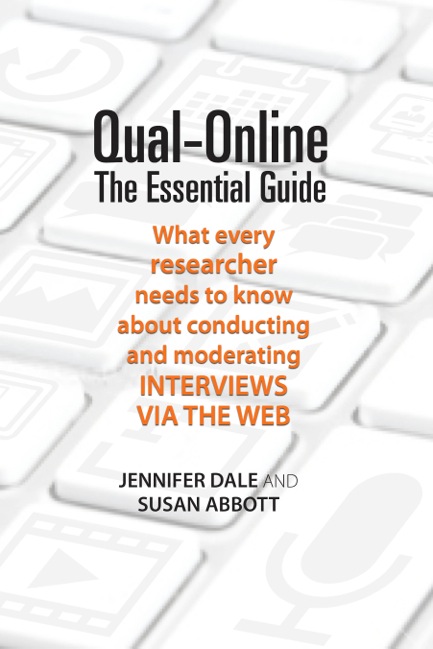When comparing the costs to conduct focus groups online to in-person (face-to-face), it’s important to consider which elements are, and are not, included in each. First, let’s compare the basics of four popular types of focus groups:
In-Person Face to Face in Real Time
6-8 Participants for 2 hours
Multi-Media Online Bulletin Board Over Time
15-20 Participants for 3-5 days
Online Text Chat in Real Time
15-20 Participants for up to 2 hours
Webcam (Video Chat) in Real Time
3-5 Participants for up to 2 hours
Now let’s take a look at the cost categories each of those focus group methods will include:
Recruiting & Incentives
Recruiting for online or in-person requires effort, attention, and reliable sources. Cost per recruit are comparable across methods.
Facility & Live Support (in-person or virtual)
Whether your interview is conducted within a brick and mortar building or using an online research platform, people need a place to gather. Multimedia Bulletin Boards and Webcam Groups are still ripe for tech issues, so going with providers who offer significant support is both wise and costly.
Research Services (e.g., discussion guide design, moderate, report)
Expert researchers put in the hours to design studies that will yield reliable data and reveal keen insights. Research expertise is needed to conduct any focus group , but the amount of time required will vary. Bulletin boards and Webcam groups require the most time and attention, while chats are the most time and energy efficient. In-person groups means everyone has to travel, and you’ll also incur ancillary facility costs for food and administrative help.
When figuring costs, consider the volume and quality of conversation that results from each of the four group interview methods listed.
In both in-person and webcam focus groups, only one person can speak at a time, yet bulletin boards and online chats enable everyone to talk simultaneously. This multi-synchronous response maximizes the volume and depth of data you can receive in the same amount of time.
Also consider the fact that in-person and webcam conversations provide helpful facial cues, yet boards and chats prompt more candid responses from participants.
Bottom line? There’s no easy answer. The options available for conducting group interviews each have their pros and cons for different situations. Checkout average CPI for each method in this post.
Before you pick your platform and plow ahead, consider first taking stock of your research needs. You may find a perfect fit in a more budget-friendly method!
Contact InsideHeads for a free assessment, +1(877)-In-Heads.
More Tips






 1. Crowdsourcing
1. Crowdsourcing













 That’s one way to handle it. There’s also begging for forgiveness.
That’s one way to handle it. There’s also begging for forgiveness. Acceptance is the first step to recovery.
Acceptance is the first step to recovery.

